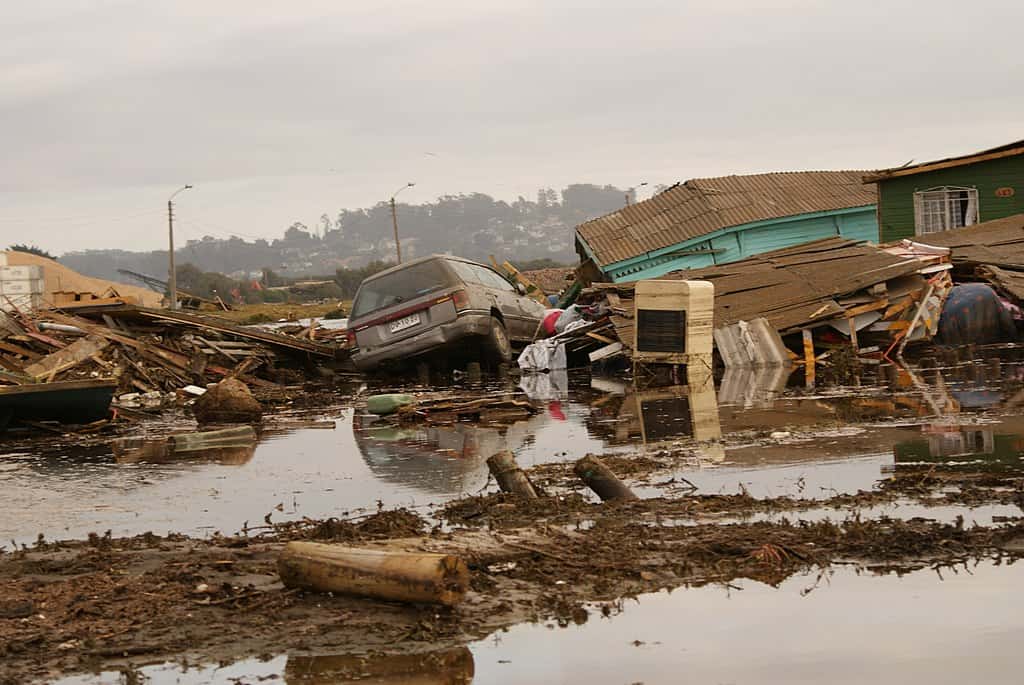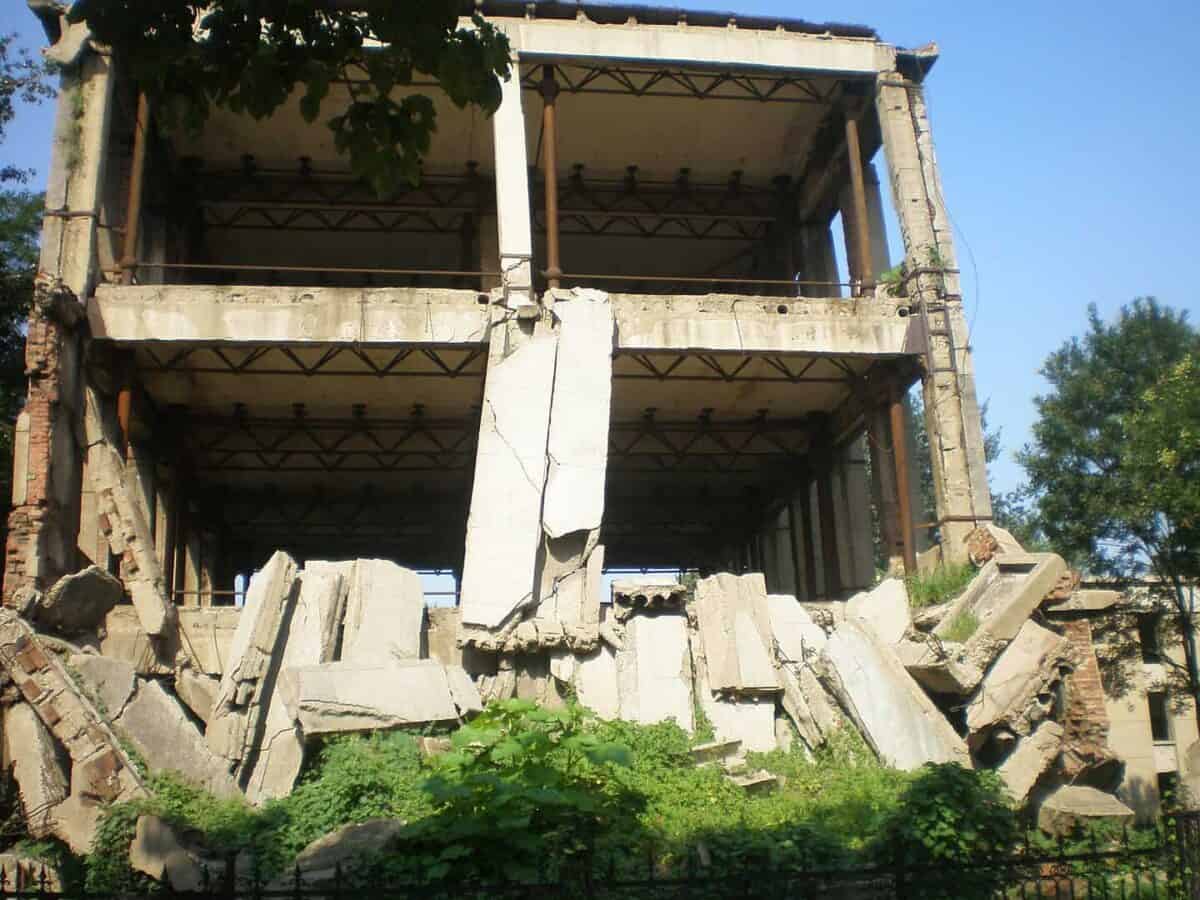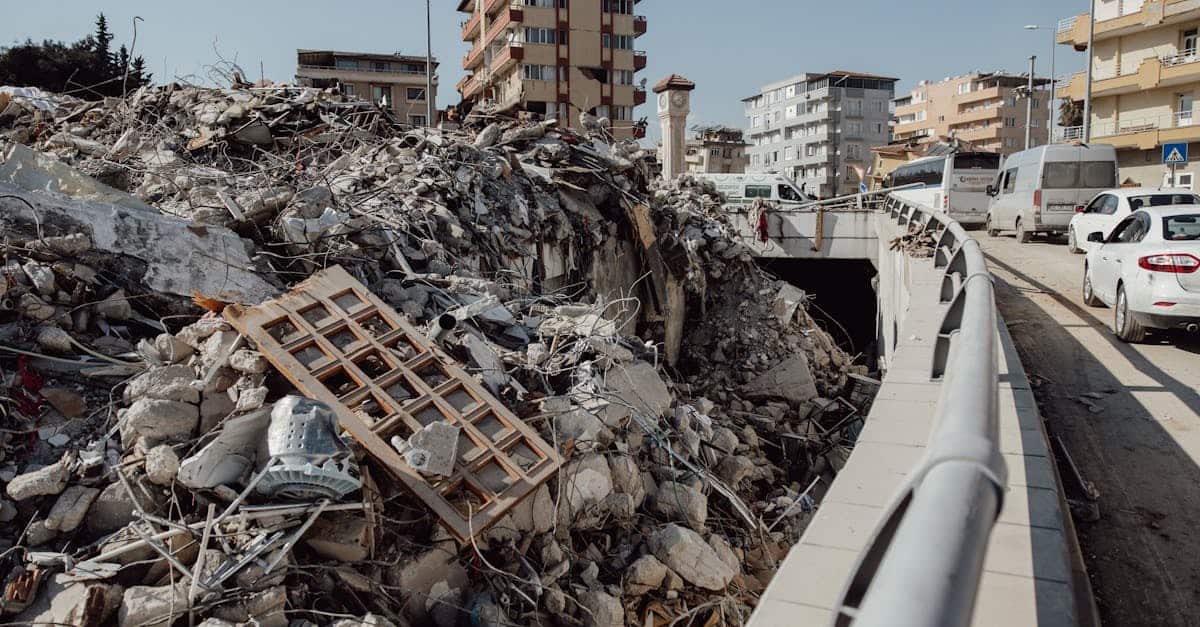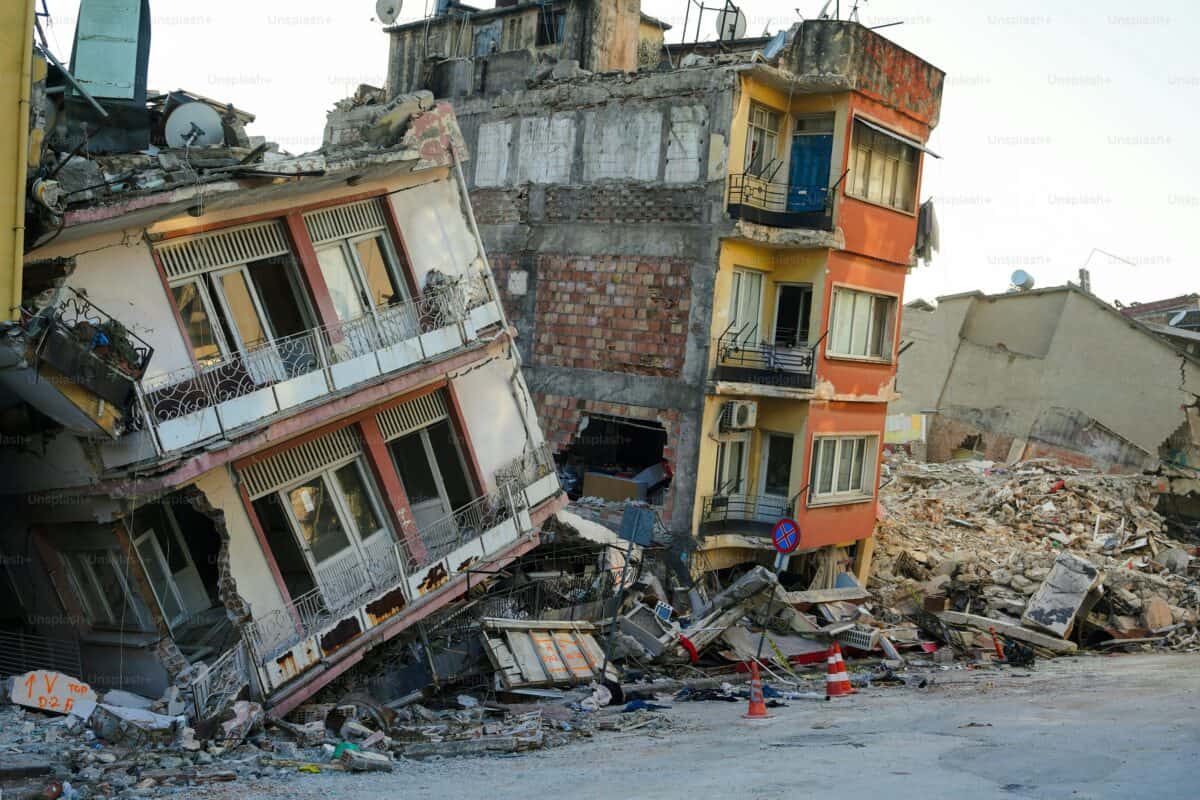Earthquakes are natural disasters that have the power to reshape landscapes and alter lives in an instant. In the United States, a country that spans diverse geological formations, these seismic events have repeatedly tested the resilience of its people and infrastructure. This article delves into ten of the most powerful earthquakes that have struck the U.S., providing a glimpse into the awesome and sometimes terrifying forces of nature.
The 1811-1812 New Madrid Earthquakes

In the winter months stretching from December 1811 to February 1812, the New Madrid Seismic Zone in the central United States experienced a series of powerful earthquakes. The largest of these quakes, estimated to be over magnitude 7, altered topography, rerouted the Mississippi River, and shook the ground over a million square miles. Despite its power, the sparse population at the time meant casualties were minimal, but the geological impact shaped the region for decades.
The 1906 San Francisco Earthquake

Perhaps the most infamous earthquake to strike the U.S., the 1906 San Francisco earthquake reached an estimated magnitude of 7.9. Lasting less than a minute, the quake and the subsequent fires it ignited devastated large portions of the city. It caused an estimated 3,000 deaths and left over 80% of the city in ruins. This catastrophe led to major improvements in building codes and seismic research.
The 1964 Great Alaska Earthquake

The largest recorded earthquake in North American history, the Great Alaska Earthquake occurred on March 27, 1964. With a staggering magnitude of 9.2, this quake lasted over four minutes, triggering massive tsunamis and causing significant destruction in Anchorage and surrounding areas. Fortunately, a moderate population density at the time kept the death toll under 150, but the economic impact was profound.
The 1946 Aleutian Islands Earthquake

Striking the Aleutian Islands in Alaska on April 1, 1946, this powerful earthquake registered a magnitude of 8.6. While the region itself was sparsely populated, the tsunami it generated traveled across the Pacific, devastating parts of Hawaii and killing 165 people. This event prompted the establishment of an early warning system for tsunamis across the Pacific.
The 1989 Loma Prieta Earthquake

On October 17, 1989, the Loma Prieta earthquake struck the San Francisco Bay Area, coinciding with the broadcast of the World Series, which oddly helped to lower casualties. With a magnitude of 6.9, it caused widespread damage, collapsing sections of the Bay Bridge and parts of the Nimitz Freeway, and resulting in a death toll of 63. It underscored the vulnerability of infrastructure, leading to comprehensive seismic retrofitting efforts across California.
The 1952 Kern County Earthquake

Near Bakersfield, California, the 1952 Kern County earthquake was one of the most significant seismic events to hit the Golden State post-World War II. Registering a magnitude of 7.5, it caused severe structural damage and led to twelve deaths. It highlighted the need for earthquake-resistant designs in California’s post-war construction boom.
The 1965 Rat Islands Earthquake

Another seismic event from Alaska’s Aleutian chain, the 1965 Rat Islands earthquake clocked in at 8.7 in magnitude. Though the immediate vicinity was mostly devoid of human settlement, the generated tsunami spread across the Pacific, causing tidal impacts in Japan and Hawaii. The significant quake buttressed the importance of global seismic monitoring networks.
The 1994 Northridge Earthquake

Occurring on January 17, 1994, near Reseda in California’s San Fernando Valley, the Northridge earthquake reached a magnitude of 6.7. Despite its lower magnitude compared to other quakes on this list, it proved deadly and costly, claiming 57 lives and causing upwards of $20 billion in damages due to the high population density and extensive property damage in the area.
The 1923 Berkeley Earthquake

Centered near Berkeley, California, the 1923 earthquake measured around 6.9 in magnitude. It generated less attention due to limited technology for accurate measurements at the time, but it was significant enough to cause structural damage across the East Bay, emphasizing the Bay Area’s seismic risks years before the Loma Prieta disaster.
The 1700 Cascadia Earthquake

On January 26, 1700, the Northwest coast was reshaped by the Cascadia earthquake, which is speculated to have reached a magnitude of approximately 9.0. This prehistoric quake, documented chiefly through Native American oral histories and Japanese tsunami reports, has prompted ongoing scientific inquiry into the Cascadia Subduction Zone and highlights the inherent seismic risks for modern-day coastal regions from northern California to Vancouver Island.
Advancements in Earthquake Preparedness

In the wake of these seismic events, advancements in scientific research and technology have improved our understanding of earthquakes. Modern engineering practices, early warning systems, and updated building codes are directly influenced by the lessons learned from past quakes, aiming to minimize future damages and casualties.
A Future of Seismic Awareness

As our knowledge of seismic activity expands, communities across the U.S. continue to reinforce and prepare for the inevitable. Understanding the historical context of past powerful quakes allows society to better brace for future events, fostering a culture of resilience and awareness that aims to safeguard both lives and infrastructure.
Conclusion:

In summary, while the U.S. has been shaped and shaken by these ten powerful earthquakes, their lasting legacy lies in the continuous pursuit of safety and preparedness. Each seismic event has contributed valuable lessons, underscoring the importance of vigilance and innovation in minimizing the impact of future natural disasters.
- 10 Most Powerful Earthquakes That Shook the US to Its Core - August 11, 2025
- 13 Birds That Migrate Across Continents - August 11, 2025
- 12 Times Animals Showed Empathy Just Like Humans - August 11, 2025

